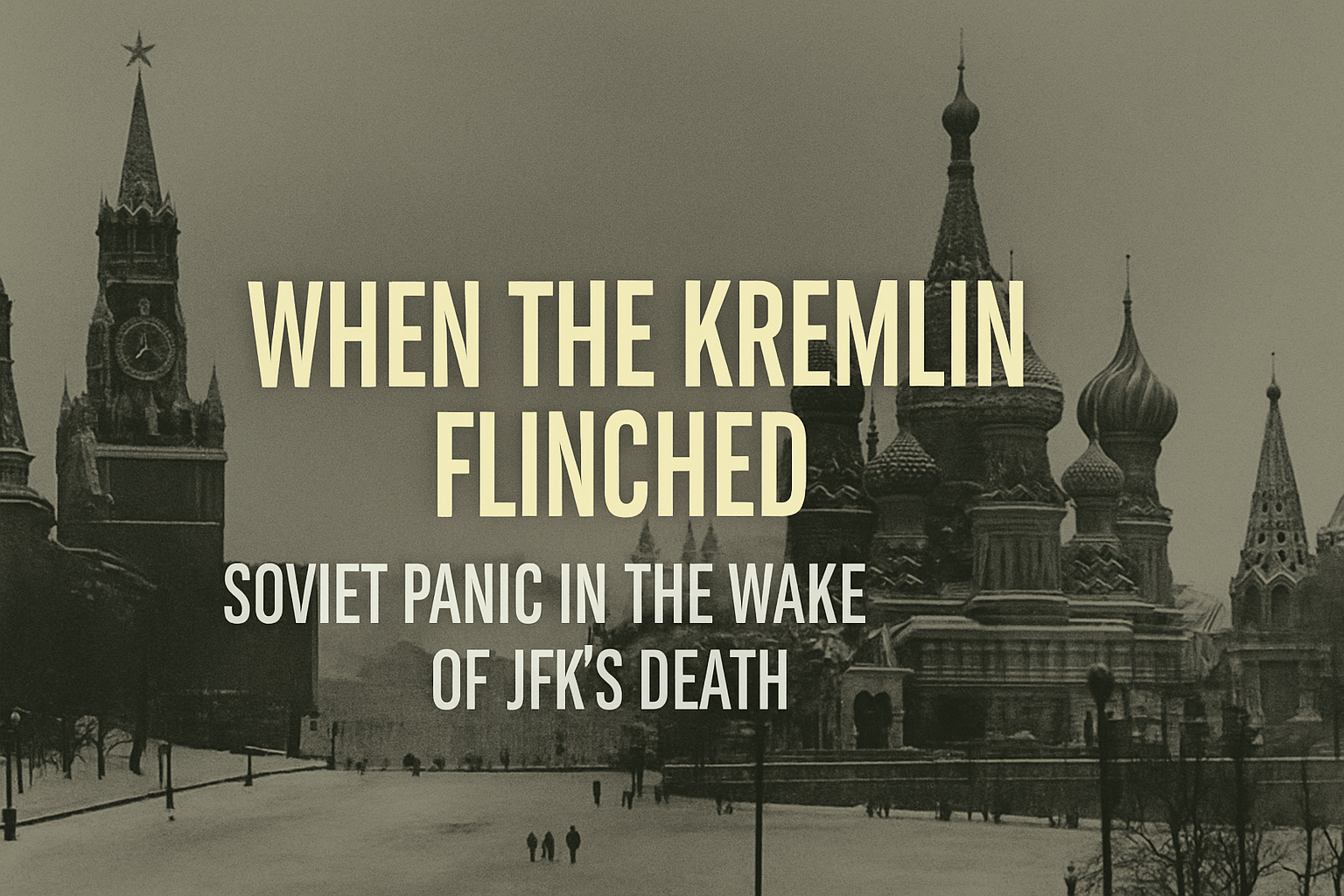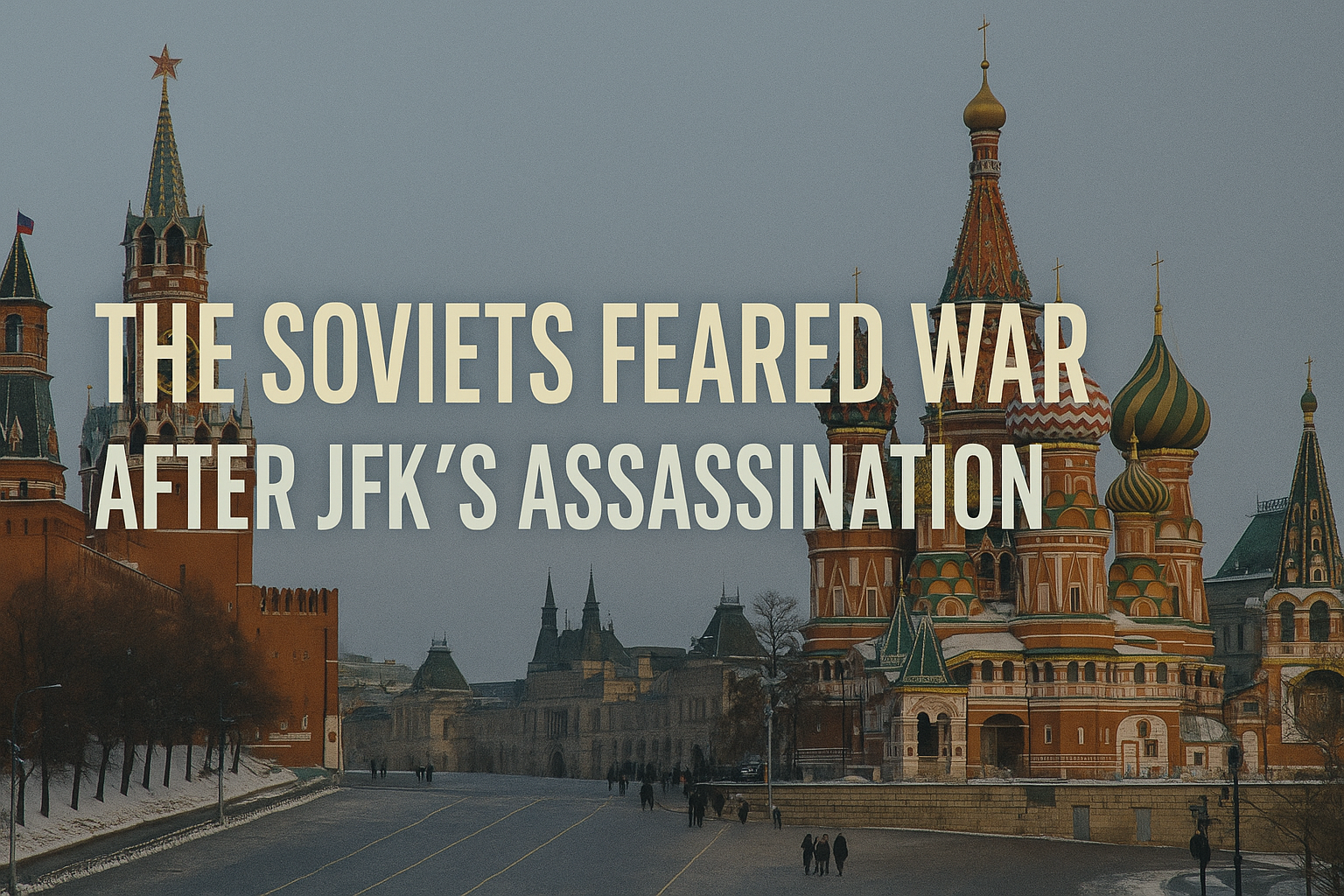Document 180-10144-10240, part of the 2025 JFK file release, provides an inside look at how Soviet officials reacted in real time to President Kennedy’s assassination.
Instead of gloating, they were terrified. Soviet sources feared that Lee Harvey Oswald’s ties to the USSR-however limited-could spark global consequences.
The document captures a chilling truth: the Cold War nearly tilted further into chaos within hours of the shots in Dallas.
📡 “They Feared Retaliation”
The document relays information gathered from a reliable source connected to Soviet embassy staff.
Their message was clear: the Soviets were alarmed and unprepared.
They didn’t know Oswald personally, but feared that any perceived connection might be used to justify retaliation or spark a diplomatic crisis.
“They were deeply concerned the U.S. would link the USSR to the killing.”
The report paints a portrait not of a state celebrating a Cold War victory-but a superpower frantically trying to distance itself from a lone American it never wanted to be associated with.
🚫 Disavowal in Real Time
The Soviets insisted Oswald was not their agent. They called him unstable.
They worried that the U.S. public-or worse, the American military-might suspect foul play or organized involvement.
It was not a moment of Cold War advantage. It was a moment of Cold War dread.
🧩 Another Missed Signal?
The U.S. received this warning quickly-but didn’t act on it beyond routine filing.
There was no emergency meeting, no red flag.
And yet the memo shows just how quickly the Soviets tried to cover their tracks-even if they weren’t actually guilty.
That rush to deny speaks volumes.


